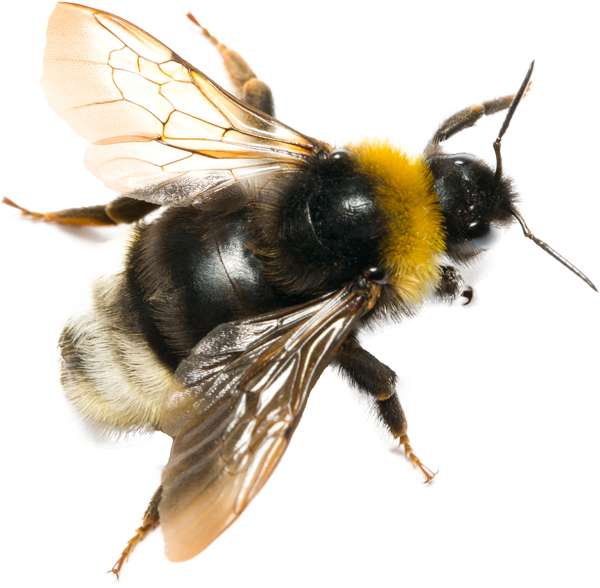
“Tell me and I forget, teach me and I may remember, involve me and I learn.”
To increase their confidence, I like to tell them that this concept is normally taught in pre-algebra to 12 or 13-year-old students. Now that they know how to make squares, use the blocks to show 4×4 (42) and 5×5 (52) as well as 10×10 (102).
When they are proficient doing this, add blocks on the outside of the circle at the end of each five block, to represent the hours. Begin with a one block outside of the first five, followed by a two block, three block, all the way around the clock until you have a twelve block (ten plus two) at the top of the circle. This block clock makes the analog clock come to life.
A rectangle is a four-sided shape with four square corners, or right angles. A rectangle is a parallelogram with four square corners. Have a contest to see who can identify the most rectangles in the room.
Similarly, a triangle has three “tri” angles, and there are bunches of them all around us. Not only can you look for them in your home, you could also give a picture from a magazine and have the children color or trace over the triangles they observe.
Similarly, when finding the area of one of these shapes, draw the shape and see how many square units are inside. To trigger our memory, use the word SQUAREA, which combines the two words “square” and “area” and teaches us that area is always made up of square units of measure.
If you have floor tiles in your kitchen or bathroom, especially those which are one foot by one foot, or one foot square, you can ask children how many one foot square tiles there are in the bathroom that is five feet wide and ten feet long. If they count them, they will discover it is a rectangle, five by ten or fifty square feet.

As many of you know, I created the MathUSee curriculum, and we have manipulative blocks which we use to illustrate math concepts. However, even if you don’t have these particular blocks, you can use other hands-on materials you may have around your home.


